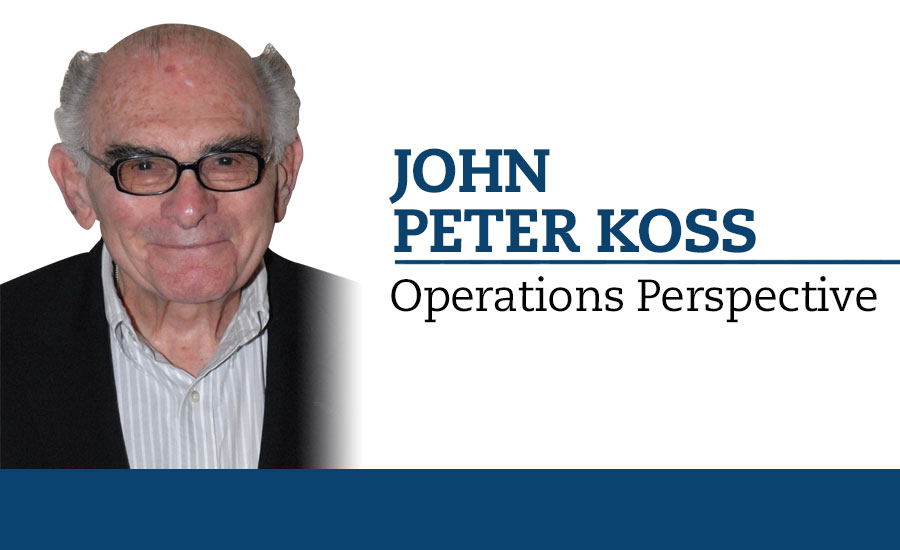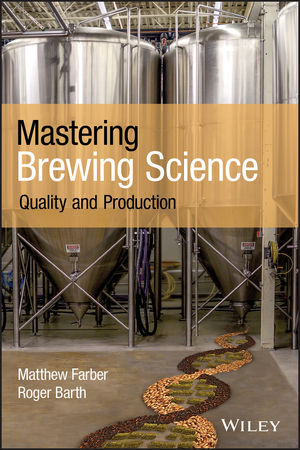How container choice impacts production
Compliance, processing and packaging effected by container choice

The innocence of the beverage container is soon lost when making analyses and evaluations about how and what impacts it creates throughout the entire supply chain. The issues and intensity of the impact can best be studied by addressing various categories.
Compliance
Perhaps the most unknown, or not too obvious, impacts are created by container compliance specifications required by the U.S. Food and Drug Administration, Occupational Safety and Health Administration, and other similar organizations or agencies. Compliance has been a real-time factor for many years. So, why does it continue to be an issue for beverage producers and container manufacturers?
In efforts to comply, marketers are concerned and confronted with not only what product will sell in particular markets, but also the type of container and whether it will resonate with consumers. These concerns and confrontations were clearly experienced and similarly addressed when plastic containers appeared on the scene and board containers surfaced beyond the dairy aisle. Strange as it may seem, consumers can be quite selective and even adamant about the container of their favorite beverage — in reality the consumer has a much larger impact than can be imagined, as the marketing folks know. So, what sells?
Separate and apart from compliance alone, consumer acceptance is a significant issue for containers; however, within the scope of agency compliance and consumer acceptance is the important and ever-present cost factor, which often becomes the prime consideration. How much basic material is required in glass, plastic or metal containers to provide a safe, durable and saleable conveyor of beverages?
Processing, packaging and production
As the evolution of container materials has progressed, the cost issue has become, and probably always will be, more than a significant factor. How strongly it impacts the final container selection might be debatable because of complex variables involved in the entire container development process. It is a long and tedious effort involving many operating departments and numerous technological skills.
One reasonable approach to appreciate the full scope of container impact issues is to review the various steps in the supply chain. That begins with the product itself. Each beverage category seems to have found its particular niche for the most suitable or acceptable container for a specific product. Here again, the consumer, sometimes in bold fashion, becomes the driver of container selection.
In the supply chain, once the product has been “stabilized” (characteristics it acquires conducive to a particular kind of container), the container directly impacts the production/packaging (P/P) configuration for the producer. At the start of the P/P line “input station,” material handling of containers is important because the method (bulk or boxed) can be dictated by the configuration of the container type: glass, plastic or metal.
Many handling systems are available and most are geared to a specific container; however, regardless of the system used, every work station in the P/P line must be flexible enough to accommodate a variety of containers, including but not limited to conveyors, rinsing equipment, fillers, closing machines (seamers, cappers, crowners), labeling and coding equipment, and shrink and/or wrap packaging.
During P/P operations, flexibility issues cannot be over emphasized because alternatives can be expensive throughout the infrastructure of a producer. For example, if a P/P line is not flexible enough to handle the containers for a multi-package line, the usual alternative becomes a dedicated line taking up space, requiring additional equipment and possibly more staffing — costly from any viewpoint.
Flexible P/P lines have been evolving for some time because container configuration changes have become more frequent and complex with new processes and products that require considerably different production environments. An example of line dedication and specialized environments is the aseptic package with a board container, which is filled in a clean and isolated filling room and requires subsequent equipment proprietary to that package and line. Whether this approach becomes the norm for containers and related packages is questionable.
As container sizes, shapes and packaging configurations continue to change, the demand for more flexibility could become even greater and more costly. However, container costs might drive the industry (in many segments) to standardize container sizes as an economical issue not withstanding consumer “desires,” marketing “sells,” and P/P “efficiencies,” although the trade-offs might be debatable. Nevertheless, container configurations will continue to change in size, weight, material and finish. This issue is not going away. The challenge is how to economically and efficiently cope with the constant change syndrome that is ever-present and demanding — just look at the beverage gondola in your supermarket. BI
Looking for a reprint of this article?
From high-res PDFs to custom plaques, order your copy today!







